Plants and flowers are an important part of nature and everybody’s lives. Even if you live in an urban setting, you can have a hanging garden, small indoor plants, or a big garden in your backyard. Surrounding yourself with plants and nature is much better than the large amount of screens for your health. They keep your environment clean and fresh, along with creating a beautiful atmosphere.
One way of keeping plants is a terrarium, which is a sealed container. Certain reptile pets also need to be housed in terrariums. If you are thinking of getting a terrarium, you should read up on them so that you are fully prepared.
This article educates you on the terrarium’s need to breathe. This way, your terrarium will last a long time, and its residents will thrive.
An Introduction to Terrarium
A terrarium is a sealed glass container where plants, animals, and soil can be kept inside; you can easily open the terrarium to maintain plants and flowers. A terrarium is a wonderful thing to have since it adds beauty to your house and is a unique thing to own.
They are the perfect house for many plants and animals and bring a bit of nature into your house. They are becoming a unique way of housing your plants and animals, which your friends and family can appreciate.
Terrariums come in two categories: open and closed. An open terrarium lets air and water in and out through an opening. A closed terrarium is sealed shut, usually by a door, cork, or lid. There are advantages and disadvantages to each category of terrarium.
Once you see which category of the terrarium is perfect for you, then you start putting together a terrarium and picking which plants or animals to house.
Taking Care of Your Terrarium Needs
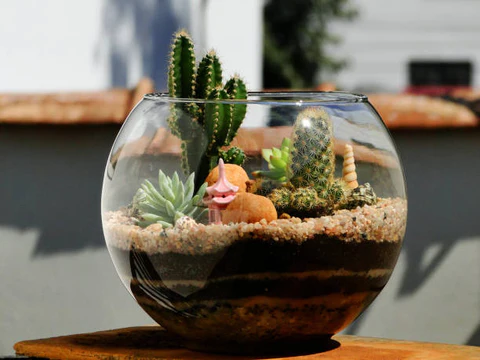
As mentioned above, a terrarium can be open or closed. These two types have vastly different care instructions and maintenance. Different types of plants grow in these two terrarium categories. So you have to be careful in picking the plants and looking after them so that they can thrive.
1. Breathing in an Open Terrarium
In an open terrarium, there is no sealing; the plant can grow as much as it wants. It gets air, water, and sunlight to grow. The plants should not be placed in direct sunlight so that the plants are not harmed. Maybe try out low-light terrarium plants since you do not want too much heat collecting, or your terrarium will become a steamy sauna.
The plants breathe normally since it is an open terrarium, but too much of anything is bad for your plants. These glass vessels hold small plant worlds inside of them, and they need diligent care.
2. Breathing in a Closed Terrarium
You seal the closed terrarium shut with a cork, lid, or door. The plants, soil, air, and water together become a self-sustaining mini ecosystem. A closed terrarium has a symbiotic relationship happening in itself at all times, which is a marvel to watch. The water vapor will evaporate from the soil, and it will then condense into rain, thereby watering your plants.
A perfectly balanced closed terrarium theoretically could survive indefinitely under the right conditions as long as you do not open it. Plants that prefer shady or high-humidity environments can grow in a closed terrarium; for example, plants like ferns, moss, etc. would be preferable. So, do not keep your closed terrarium in direct sunlight, but they do need light for the plants to grow.
Place your closed terrariums facing north or east so that they receive bright and indirect sunlight. You can delicately hang them up by themself or in groups in your house, or even keep them on your window sills for you to admire them.
Final Verdict
The terrarium is shut, so whatever air went in the first time stays there once the terrarium is sealed. The water cycle keeps the air in balance in the closed terrarium. The condensation for the growth of the plants and microorganisms maintains the humidity. Organic matter, like fallen leaves or decaying materials, is broken down by microorganisms in the soil, and this action releases gases like carbon dioxide into the terrarium’s atmosphere.
The plants absorb the carbon dioxide, and they release oxygen after the photosynthesis process, which is what those microorganisms take in to compost the soil. This gas exchange keeps the air quality in balance. This is how the water cycle and gas exchange make sure the plants breathe inside a closed terrarium along with the microorganisms. Keep your mini rainforest safe so that it grows and thrives under your care.
Final Thoughts on Terrarium
Spending time in nature should be on everybody’s mind. Given that everybody is surrounded by screens all the time, nature is a reprise of all problems and tensions. If you live in a city, then a small garden or a few indoor plants can be your solution. Even if you do not have a green thumb, some plants are easy to take care of, and you can slowly make your way to other plants that need careful attention.
Keeping plants in terrariums has started becoming popular, and you should be up to date on terrarium maintenance before you get one. Luckily for you, this article explains how much a terrarium needs to breathe, and then you will be able to extend the lifespan of your terrarium.

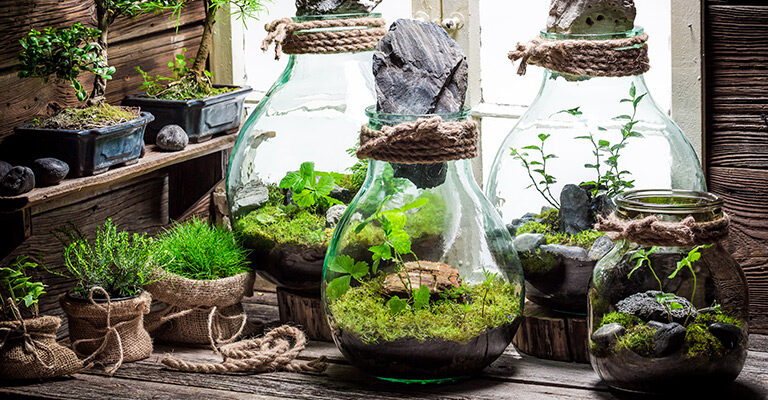


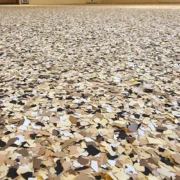
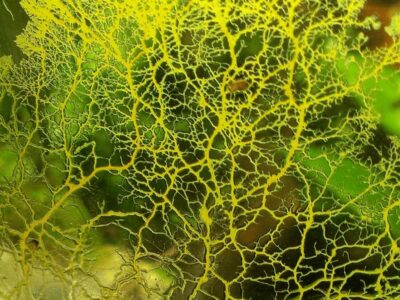
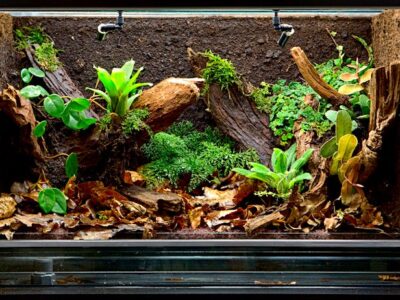
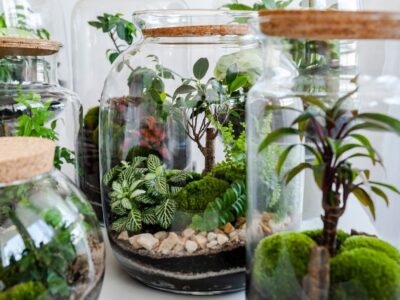
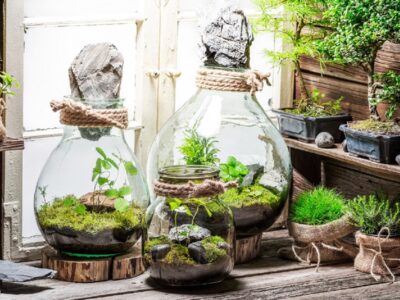
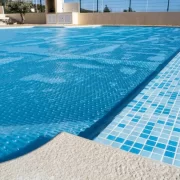
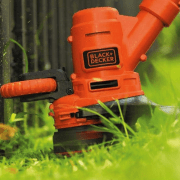


Comments